
Unusual lumps and bumps can appear on your dog’s skin and grow without you noticing. Therefore, in order to keep your dog as healthy as possible, you should check them at least once a month.
Oregon State University and Chase Away K9 Cancer provide lots of beneficial information on how to properly check your dog in every area of their body.
Remember, it is always better to be safe than sorry when it comes to your pup’s health!
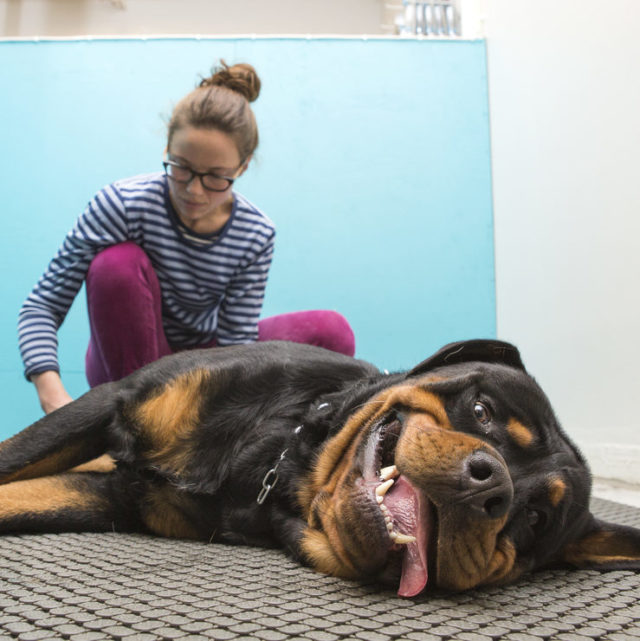
Lumps, bumps, and other abnormal spots on your dog’s body could be a number of different things including skin tags, moles, cysts, hot spots, and in extreme cases, cancer. The sooner you notice these abnormalities, the sooner you can identify the cause and seek treatment if necessary.
When checking your dog, it is best to start with the tip of their nose and work your way down to the tip of their tail. Make sure you check them in a familiar environment that is free of distractions to make the process easy and comfortable for your dog.
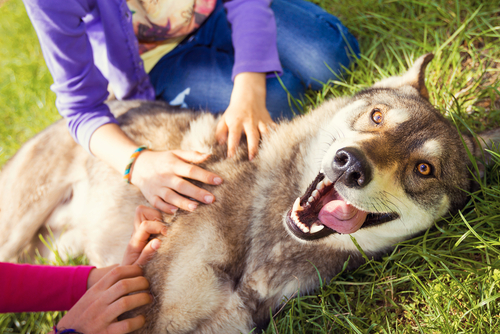
Figure out the points of concern in each area so that you will be aware if anything changes on your dog’s body.
Nose

On your dog’s nose, make sure to check for lesions, debris, and excessive drainage. Also, take note of how moist your dog’s nose is. Most dogs’ noses vary between wet and dry throughout the day. So, if your dog’s nose is not always wet, don’t panic! Instead, just make sure to take note of it. Check for symmetry in your dog’s nose as well and be aware of any differences between the two sides.
Mouth
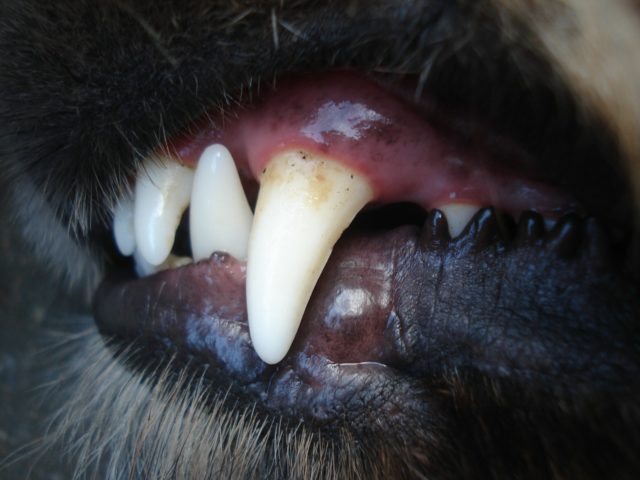
While most dogs are not fans of having their mouths looked at, this is an important area to check. Look inside your dog’s mouth for lesions, swelling, and bad breath. Also, check the top and underside of the tongue if you can.
Observe their gums and the roof of their mouth to ensure that there are no obvious masses. Their gums should be pink and their teeth should not have any tartar or plaque on them. Observe the symmetry of their mouth and make sure that there are no significant differences between the two sides.
Take it slow the first time you check your dog’s mouth. Dogs are often not comfortable with this area being touched, so be patient with them. Also, while checking their mouth, this could be a great time to brush their teeth to keep their mouth as healthy as possible.
Jawline

Make sure to check the outside of your dog’s mouth as well. Their jawline should have a consistent texture along the entire length of their jaw. They also should not have any sensitivities when you touch the outside of their mouth.
Eyes
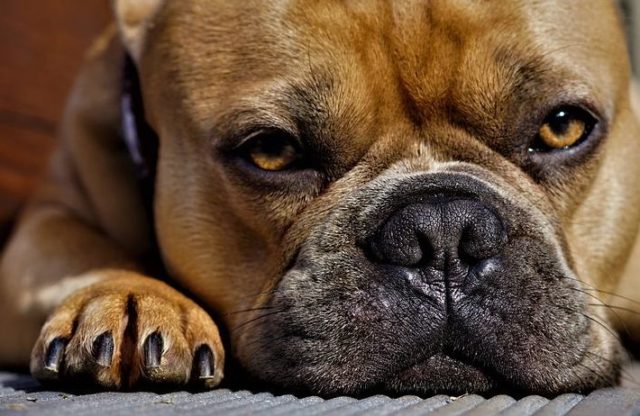
Every dog’s eyes are different, so be sure to observe your dog’s typical eye discharge daily so that you will know what is normal for them. When you check their eyes, make sure to take note if you see abnormal discharge. Look at all parts of their eyes and notice any differences between their two eyes such as shape, color, discharge, and movement.
Ears
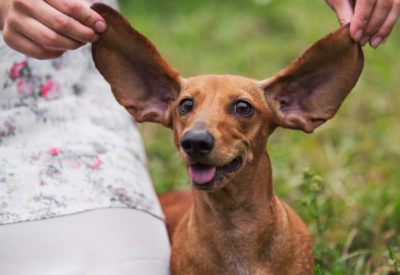
Look at the interior and exterior of your dog’s ears. There should not be any unusual swelling, debris, or odor, especially inside the ear canals. Watch for signs of pain or itchiness when handling the ears. This may indicate an infection or painful polyp.
Skin

When looking at your dog’s body, push their coat back to better examine their skin. Look for any excessive flakiness, lumps, or bumps, and pay close attention to both sides of their spinal cord. If you notice any unusual colors in your dog’s skin, such as darker spots or red spots, take note of that as well.
Torso

On your dog’s torso, evaluate their muscle tone and weight. Every time you check your dog’s torso, be sure to take note of any changes. If you notice your dog gaining weight or if your dog is already overweight, do what you can to address that issue. Extra weight can actually be harmful to the overall health of your dog, especially as they get older.
Legs

On each of your dog’s legs, check for any heat, bumps, or swelling. Make sure to test the range of motion for all their joints. All of your dog’s joints should be able to move freely without causing any pain or discomfort to them.
Paws

After checking your dog’s legs, move down to the feet. Look closely at the nails and pads. Their paws should be fairly symmetrical and there should be nothing stuck between their toes. When looking at their nails, pay attention to the nail beds and check for any unusual masses or discoloration. Also, check the temperature of their paws to make sure there is no excessive heat.
Underbelly
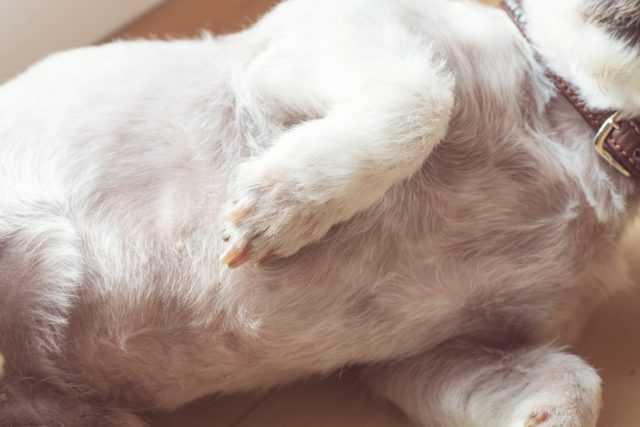
When checking your dog’s underbelly, be extra careful. Look for any lumps, bumps, or sensitive skin. Also, see if there are any areas where your dog experiences discomfort or pain. If you check this area often, you will be able to tell what is normal for your dog.
Backside
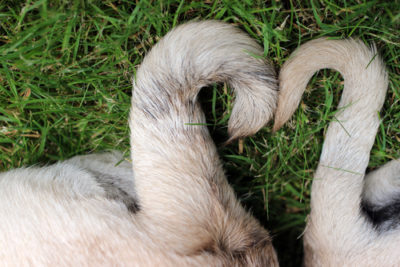
Don’t forget to check the area around your dog’s butt. You should examine the anus for swelling, cleanliness, uniformity, and a consistent color.
By checking your dog for lumps and bumps once a month, you may be able to detect any issues before they worsen. If you see anything unusual or concerning, reach out to your vet. It could save your pup’s life.
H/T: wearethecure.org
The post How To Perform A Monthly Canine Cancer Check appeared first on iHeartDogs.com.
via Whisker Therapy